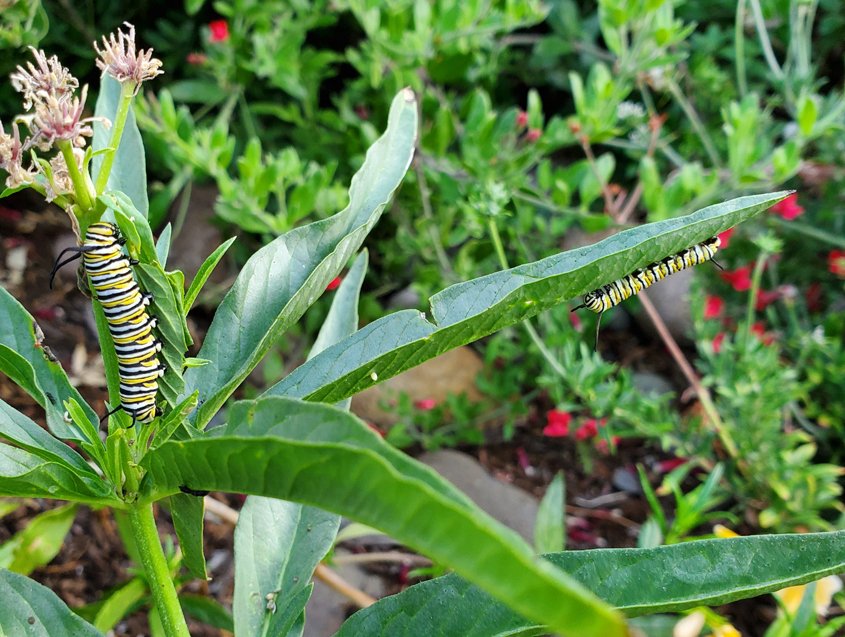Chula Vista resident Paul Rodriguez gave up struggling to maintain his thirsty green lawn in favor of a new landscape design featuring California native plants and shrubs. The Sweetwater Authority Board of Directors selected Rodriguez’s makeover as its 2021 Landscape Makeover winner.

The Rodriguez home before the landscaping makeover. Photo: Sweetwater Authority
The WaterSmart Landscape Contest is an opportunity for homeowners to showcase landscape designs focusing on beautiful alternatives to traditional turf-oriented designs. Entries in the makeover competition are judged on five qualities:
- Overall attractiveness
- Appropriate plant selection
- Design
- Appropriate maintenance
- Efficient irrigation methods
Native plants and a natural habitat

A trail lets visitors stroll through the property. Photo: Sweetwater Authority
Rodriguez and his wife participated in a free Water Authority WaterSmart Landscape Makeover Series course. It provided the foundation allowing them to embrace a design replacing the lawn. They also attended several native plant workshops hosted by the San Diego Chapter of the California Native Plant Society. The family were attracted to gardening with native plants due to their low water and no fertilization needs. They also liked the added benefit of creating a natural habitat for pollinators and birds.
Winning entry a pollinator paradise

Milkweed provides food for endangered Monarch butterfly caterpillars. Photo: Sweetwater Authority
The transformed landscape now includes several manzanitas and large Ceanothus shrubs in the back yard, which reminds Paul Rodriguez of hikes in Mission Trails Regional Park. The front yard adopted a California Coastal Sage scrub garden habitat. It only requires hand watering twice a month during the dry season.
It is a pollinator’s paradise with sages, buckwheats, and verbenas that attract birds and bees. Milkweed provides a food source for endangered Monarch butterflies. Milkweed leaves are the only food monarchs will eat. They also lay eggs on the undersides of the leaves. Striped caterpillars feed on the leaves as they develop.

The new landscaping features native plants. Photo: Sweetwater Authority
As the winner of the 2021 WaterSmart Landscape Contest, Sweetwater Authority presented the Rodriguez family with a certificate of recognition and gift card as a thank you for setting a waterwise example for other residents.
(Editor’s note: The Sweetwater Authority is one of the San Diego County Water Authority’s 24 member agencies that deliver water across the metropolitan San Diego region.)








